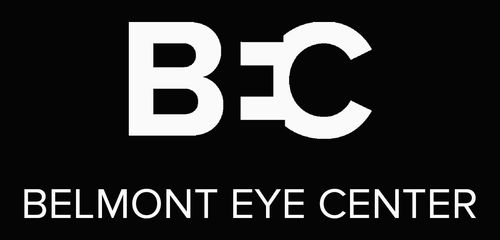Whether you work on a computer, scroll on your phone, or unwind with streaming shows, your eyes are working harder than ever before. The average American now spends over seven hours a day in front of digital screens — a lifestyle shift that’s dramatically changing how our eyes feel and function. At Belmont Eye Center, we’re seeing more patients than ever with symptoms of digital eye strain and dry eye syndrome—and it’s no surprise why.
The Rise of Digital Eye Strain
Digital eye strain, also called computer vision syndrome, refers to a collection of symptoms caused by prolonged screen use. Common complaints include blurred vision, headaches, eye fatigue, dryness, and even neck or shoulder pain. These symptoms occur because our eyes aren’t built for hours of close-up focus on glowing screens.
When you look at digital devices, your blink rate drops by nearly 60%, which means your eyes aren’t staying lubricated. Over time, this can lead to inflammation of the tear film, burning sensations, and the gritty feeling many people describe as “sand in the eyes.”
Blue Light and Sleep Disruption
Modern screens emit high levels of blue light—short-wavelength light that can interfere with your circadian rhythm. Exposure to blue light in the evening can suppress melatonin, the hormone that signals your body it’s time to sleep. This not only affects rest but also impacts how refreshed and focused your eyes feel the next day.
While current research hasn’t proven that blue light causes long-term retinal damage, it can certainly contribute to discomfort, fatigue, and insomnia. Using night mode or blue light filters, especially after sunset, can make a significant difference.
